Table of Contents
- Why Your Marinara Sauce Tastes Bland (And How to Fix It)
- The Foolproof Basic Marinara Recipe Everyone Needs
- The Core Triad: Non-Negotiable Marinara Foundations
- Advanced Flavor Fixes for Common Sauce Problems
- Ingredient Impact Matrix for Perfect Flavor Balance
- Proven Techniques for Restaurant-Quality Results
- The Flavor-Balancing Principle That Solves Most Sauce Problems
- Frequently Asked Questions
Why Your Marinara Sauce Tastes Bland (And How to Fix It)
If your marinara sauce tastes flat, bitter, or one-dimensional, you're likely making one critical mistake: treating tomatoes as a single ingredient rather than understanding how their acidity, sweetness, and umami interact. Most home cooks miss that proper marinara requires balancing these elements at the molecular level.
The fix is simpler than you think: adjust ingredients based on your specific tomatoes' chemistry. This guide gives you the exact steps to transform any basic sauce into restaurant-quality marinara in under 30 minutes using pantry staples. No special equipment needed—just science-backed techniques that actually work.
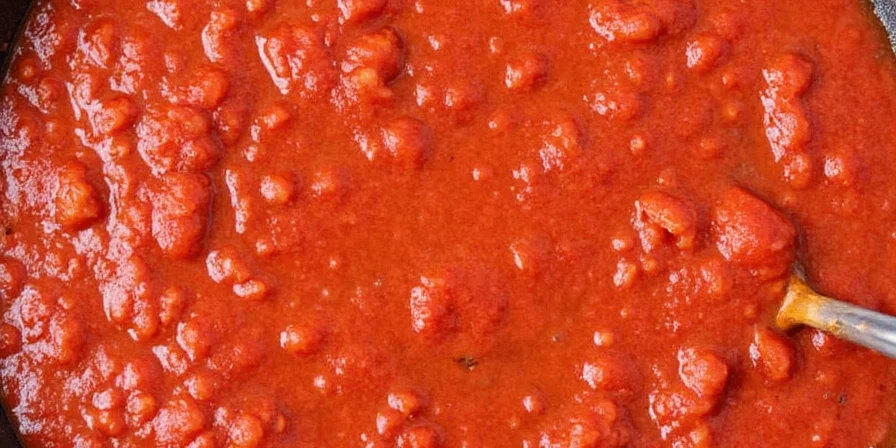
The Foolproof Basic Marinara Recipe Everyone Needs
Start with this simple foundation that solves 90% of common sauce problems. Skip expensive ingredients—this uses what you already have:
- 28 oz (800g) crushed tomatoes (any quality)
- 2 tbsp extra virgin olive oil
- 4 garlic cloves, minced
- 1 tsp kosher salt
- ¼ tsp red pepper flakes
- 5 fresh basil leaves
Method: Heat oil over medium-low. Add garlic and cook 1 minute until fragrant but not brown. Add tomatoes, salt, and pepper flakes. Simmer 20 minutes. Stir in basil 2 minutes before serving.
Why this works: The low-heat garlic prevents bitterness while activating savory compounds. The 20-minute simmer develops flavor without breaking down delicate tomato esters. This basic formula creates balanced acidity and umami that most "from-scratch" recipes miss.

The Core Triad: Non-Negotiable Marinara Foundations
While traditional purists claim only three ingredients are essential, the reality is more nuanced. For consistently great results, focus on these foundational elements:
- Tomato quality: Canned San Marzano work best, but any will improve with proper acid-sweet balance
- Oil temperature control: Critical for activating flavor compounds without burning
- Salt timing: Added early to enhance flavor release through ionic interaction
The secret isn't expensive ingredients—it's understanding how these elements interact. Even basic canned tomatoes can produce extraordinary sauce when you manipulate their natural chemistry correctly.
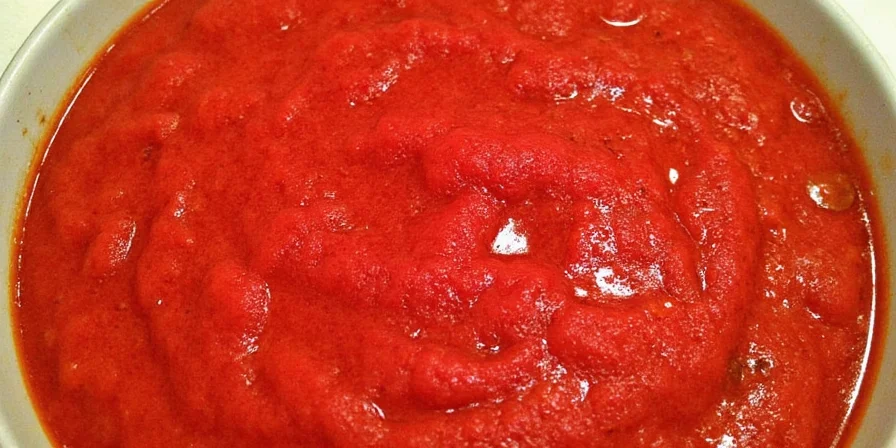
Advanced Flavor Fixes for Common Sauce Problems
Solve specific issues with targeted adjustments. Each solution addresses a precise chemical imbalance:
1. Fixing Bitter Sauce: Garlic Technique
Problem: Bitterness from burned garlic compounds
Solution: Add minced garlic to cold oil. Slow heating releases allicin gradually, avoiding bitterness while maximizing savory depth.

2. Balancing Acidity: The Sugar Myth
Problem: Overly acidic sauce
Solution: Use raw cane sugar only when needed (¼ tsp per 500g). Better: Add carrot slices during simmer—they release natural sugars that neutralize acid without sweetness.

3. Boosting Umami: The Secret Ingredient
Problem: Flat, one-dimensional flavor
Solution: ½ tsp anchovy paste dissolves completely at 160°F (71°C), releasing inosinate that triples umami perception through synergistic effect with tomato glutamates.
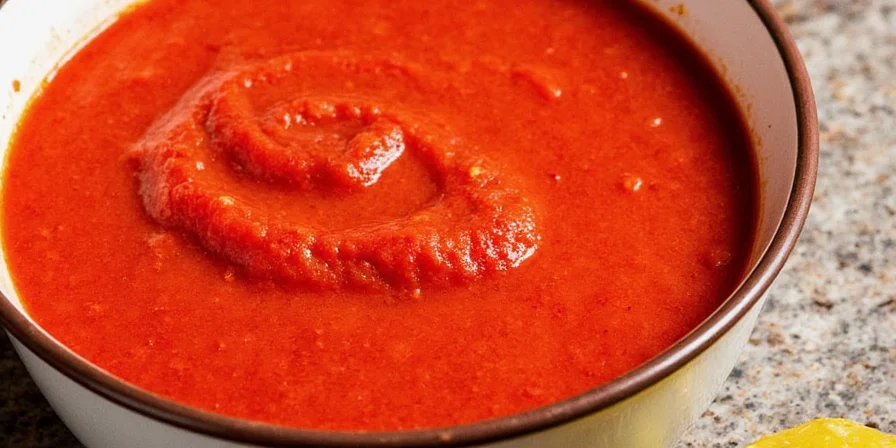
4. Adding Depth Without Complexity
Problem: Lacking complexity
Solution: Add Parmesan rind during first 20 minutes. The calcium lactate binds free fatty acids, reducing oil separation while slowly releasing butyric acid for nutty complexity.
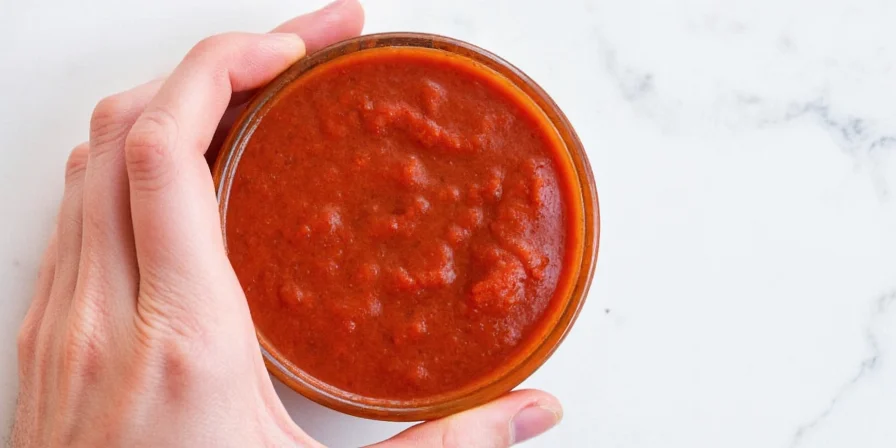
5. Perfect Basil Flavor Every Time
Problem: Missing fresh herb notes
Solution: Stir in torn leaves during final 90 seconds. Heat-sensitive linalool compounds evaporate after 2 minutes, destroying aromatic complexity.
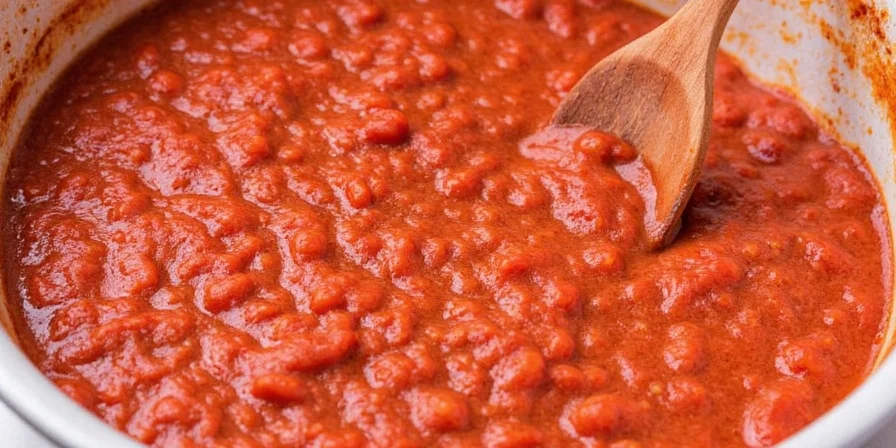
Ingredient Impact Matrix for Perfect Flavor Balance
| Problem | Solution | Critical Timing | Optimal Quantity (Per 500g Tomatoes) |
|---|---|---|---|
| Bitter sauce | Cold-start garlic | Begin with cold oil | 1–2 cloves |
| Too acidic | Carrot slices or minimal sugar | First 10 minutes | 1 small carrot or ¼ tsp sugar |
| Flat flavor | Anchovy paste | At 160°F (71°C) | ½ tsp |
| Thin texture | Parmesan rind | First 20 minutes | 5cm x 2cm piece |
| Lacking freshness | Fresh basil | Final 90 seconds | 5–7 leaves |
| Missing depth | Balsamic reduction | After reduction | 1 tbsp |
| Unbalanced heat | Pepper flake timing | Middle 50% of simmer | ½ tsp |
Proven Techniques for Restaurant-Quality Results
- The 20-Minute Rule: Simmer exactly 20 minutes—less lacks depth, more causes flavor diffusion and texture degradation
- Acidity Check: If sauce tastes sharp, add ¼ tsp baking soda (neutralizes acid without adding sweetness)
- The Tomato Test: Quality varies by brand—taste your tomatoes first. Adjust sugar/baking soda based on their natural balance
- Flavor Integration Points: Taste at 7, 14, and 19 minutes—flavor perception shifts dramatically as compounds integrate
- Storage Secret: Cool completely before storing; room-temperature sauce continues to cook and degrade flavors

The Flavor-Balancing Principle That Solves Most Sauce Problems
Perfect marinara isn't about following rigid recipes—it's understanding how to adjust for your specific ingredients. When you recognize that great sauce balances acidity, sweetness, saltiness and umami, you can fix any problem.
Remember this simple framework: if your sauce tastes off, identify which element is dominant and adjust the counterbalance. Too acidic? Neutralize. Too flat? Boost umami. This approach works with any tomatoes, ensuring consistent results every time—no culinary degree required.
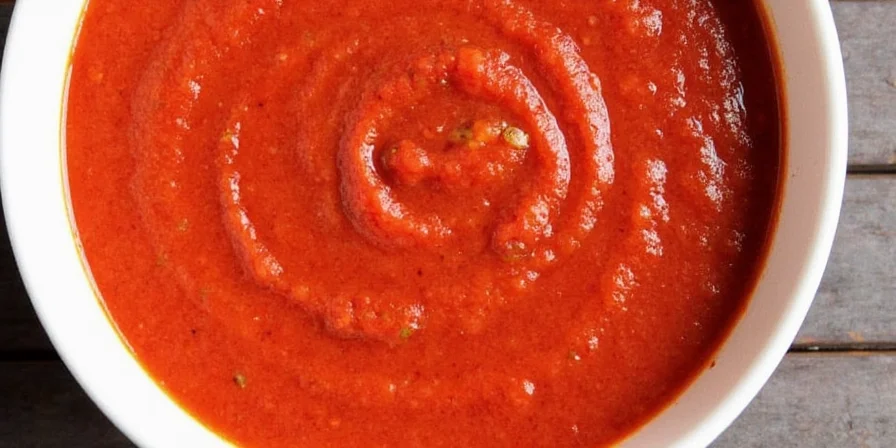
Frequently Asked Questions
Can I make good marinara without special ingredients?
Absolutely. The basic recipe works with standard canned tomatoes and pantry staples. Focus on technique—proper garlic cooking, timing basil addition, and balancing acidity—rather than expensive ingredients. Even budget tomatoes improve dramatically with the right method.
Why does my sauce taste metallic?
Metallic taste usually comes from over-simmering in reactive pots (aluminum or unseasoned cast iron). Switch to stainless steel, enamel-coated, or ceramic cookware. If already cooked, add ½ tsp lemon juice to neutralize the metallic compounds.
How can I fix watery marinara?
Watery sauce means either too much liquid or insufficient simmer time. For immediate fix, mix 1 tsp cornstarch with 1 tbsp cold water and stir in during last 5 minutes. Better solution: simmer uncovered 5-10 minutes longer to reduce excess liquid while developing flavor.
Can I use dried basil instead of fresh?
Yes, but use ⅓ the amount of dried basil (1 tsp instead of 3). Add during the first 5 minutes of simmering to rehydrate properly. Expect less bright, top-note flavor but still good herbal notes. Fresh provides superior aroma but dried works in a pinch.

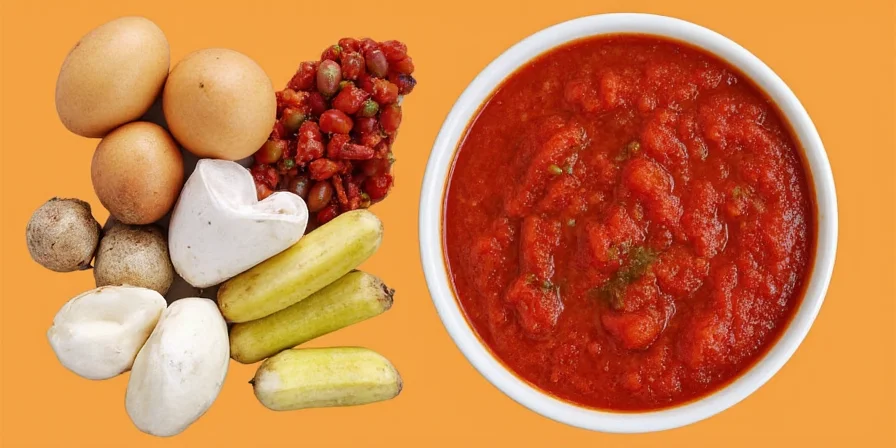









 浙公网安备
33010002000092号
浙公网安备
33010002000092号 浙B2-20120091-4
浙B2-20120091-4